Double exposures on film can be a great way to create exciting and creative images. While it may seem daunting at first, taking double exposures is relatively straightforward once you understand the basics. This article will provide an overview of what double exposures are and how to take them using different types of cameras. We’ll also answer some frequently asked questions about double exposure photography and provide some tips to help you get started.
What is Double Exposure?
Double exposure is a photographic technique where two images are layered on top of one another. The double exposure effect can be created in-camera by taking two separate photos and combining them or by simply exposing the same frame twice to different subjects. In either case, the resulting image will have both elements visible within it. [1]
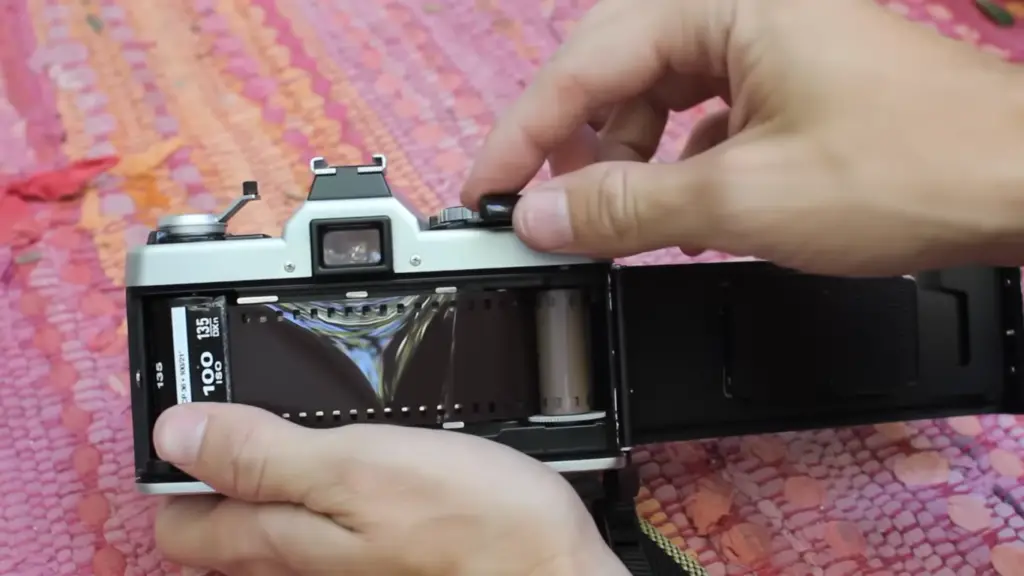
How does Double Exposure Work?
Double exposure photography works by exposing the same frame of film or digital sensor twice. The two exposures are either combined in-camera with a special setting, or they can be combined post-exposure using an image editing program such as Photoshop. The double exposure effect is created when the light from one subject falls on the same part of the film or sensor during both exposures, resulting in an overlaid image. [1]
What film should I use?
The type of film you use will depend on the type of camera you’re using and the desired effect. Some cameras, such as medium format and large format cameras, require special double exposure film that is designed to be exposed twice without damaging the emulsion. For other types of cameras, any ISO-rated film should work for taking double exposures. It is important to note, however, that the film must be rewound after each exposure in order for the double exposure effect to work. [1]
What is exposure latitude?
In general, film has much wider exposure latitude than digital sensors, as it can capture a much greater range of light values before overexposing or underexposing the image. This means that when taking double exposures with film, you typically have much more flexibility in terms of how many stops difference between the two exposures can be without resulting in an undesirable image. [1]
What camera should I use?
The type of camera you choose to use for double exposure photography will depend on the desired effect and the type of film or digital sensor you’re using. If you’re using a traditional 35mm SLR, then any model can be used with the right settings. Digital cameras such as mirrorless systems also work well for double exposures, though some models may require special settings or software to enable the effect. Finally, medium format and large format cameras offer the best results for double exposures but require specific film types designed for multiple exposures. [1]
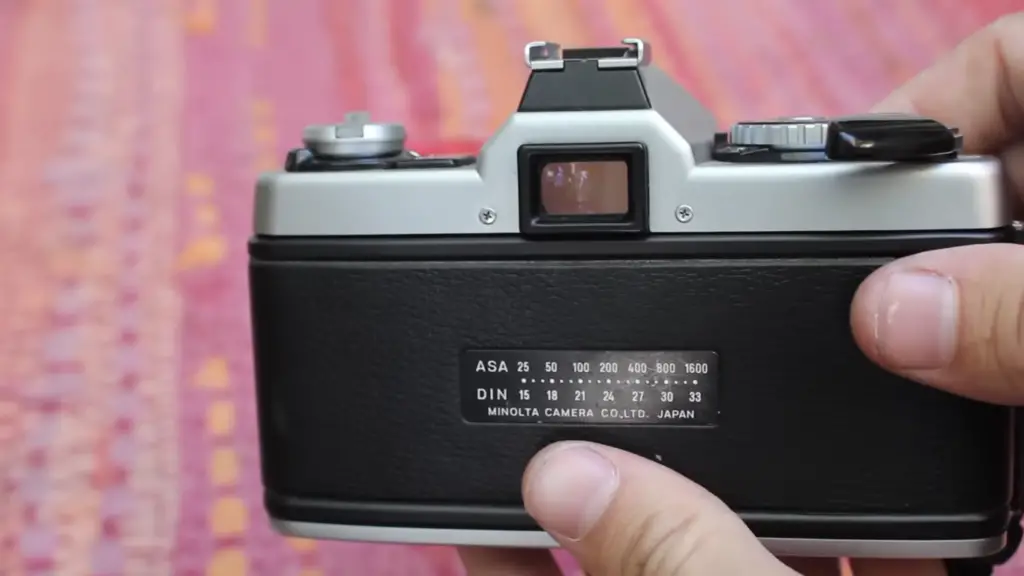
What Type of Film is Best?
The type of film you choose will depend on the type of camera and the desired effect. For 35mm cameras, any ISO-rated films should work for taking double exposures. For medium format and large format cameras, special double exposure films must be used in order to avoid damage to the emulsion. Additionally, depending on what type of image you’re looking to create, there are many specialty films designed for double exposures that offer unique colors and tones. [1]
Dedicated Double Exposure Mode
Many cameras now offer a dedicated double exposure mode. This mode allows you to take two exposures on the same frame without having to manually adjust any settings. The camera will automatically adjust the exposure for each frame and combine them within the camera itself, resulting in a single image with both elements visible. Dedicated double exposure modes are great for those just getting started with double exposures and are looking to create interesting images without having to fiddle with settings. [1]
Using the Rewind Button When Advancing Film
When taking double exposures on film, it is important to make sure that the film is rewound after each exposure. If not, the second exposure may overlap with the first and result in an undesired effect. To ensure this doesn’t happen, many photographers recommend using the rewind button when advancing the film instead of simply pressing the shutter release button again. This will ensure that the film is properly rewound and ready to receive the next exposure. [2]
Shooting the Entire Roll Twice
Another technique for taking double exposures on film is to shoot the entire roll twice. This method requires two passes, with each pass exposing roughly half of the frames in the roll. The second pass has the shutter speed and aperture adjusted slightly from the first pass in order to create a slight variation in exposure. This allows for subtle gradations between the two exposures, resulting in a more dynamic and interesting image. [2]
Metering for Double Exposures
When taking double exposures, it is important to meter for each individual exposure. This ensures that both exposures are correctly exposed and that the resulting image will have enough contrast and detail to look good. For best results, use a spot or center-weighted metering mode, as this will allow you to accurately measure the light in the specific area where you want the double exposure to appear. It is also important to remember that the two exposures should be taken from different angles in order to create a more interesting image. [2]
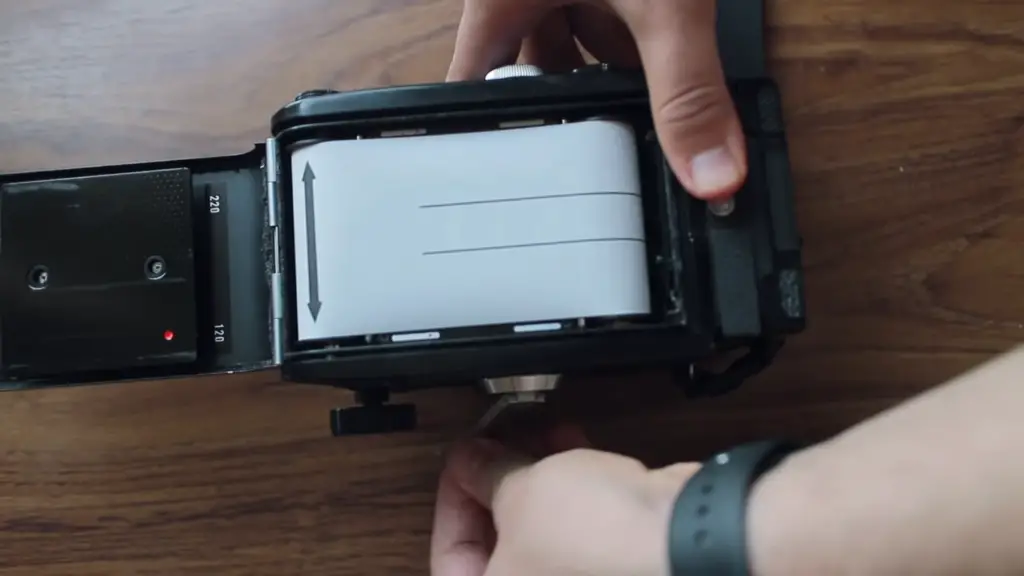
Aligning the Frames
When taking double exposures on film or digital, it is important to make sure that the two frames are aligned properly. If not, the image may appear distorted or off-center. To ensure proper alignment, use a tripod and zoom in to view each frame individually before exposing. This will allow you to adjust the framing until both images are perfectly aligned. Additionally, some cameras have the ability to zoom in and out while taking multiple exposures, which makes alignment much easier. [2]
Subject Selection for Best Results
When selecting the subjects for your double exposures, it is important to consider how the two elements will interact with each other. To create a strong image, choose subject matter that has an obvious relationship to one another. For example, pairing a beach scene with a person walking along the shoreline can create an interesting juxtaposition that draws viewers in. Additionally, try to choose subjects with distinct shapes and colors in order to create a strong contrast between the two elements. [2]
Ideas for Interesting Double Exposures
Finally, there are a few ideas for creating interesting double exposures that can help to inspire your work. One option is to create surrealistic imagery by pairing seemingly unrelated objects together. Another idea is to use silhouettes of people or animals combined with landscapes or other abstract scenes. Finally, you could also try combining portraits of individuals with colorful abstract patterns. The possibilities are endless, so have fun and let your imagination run wild! [1]
Double Exposure Pros.
Double exposure photography can be a great way to create unique and interesting images. It allows you to express your creativity in ways that traditional photography cannot, and can even result in unexpected surprises! Additionally, it’s often much easier than traditional photography because you don’t have to worry about complicated lighting setups or editing processes. So why not give double exposures a try and see what you come up with?
You can use exposure photography to convey stories, create surrealistic imagery or just to have some fun! With a bit of practice and experimentation, you could be creating stunning images in no time. So get out there and start shooting – who knows what kind of amazing results you’ll end up with! [1]
Double Exposure Cons
As with any photography technique, there are some drawbacks to double exposure photography as well. One of the biggest issues is that it can be difficult to align the two frames correctly. This requires a steady hand and a good eye for detail, so make sure you take your time when composing each shot.
Finally, because you’re essentially exposing two images at once, your exposures may end up looking slightly overexposed or underexposed – so make sure to keep an eye on your light meter! [2]

Tips for Double Exposure Photographers
To help you get started with double exposures, here are a few tips that can make the process easier and more enjoyable:
- Use a tripod to ensure your frames are aligned properly.
- Take some test shots first in order to get an idea of how your images will look before committing to the full roll of film.
- When shooting with film, keep track of how many exposures you’ve taken on each roll and remember to rewind after each exposure.
- Consider using auto-exposure mode to ensure that both frames are correctly exposed.
- Use manual focus when composing the image, as this will help minimize error in alignment.
- Choose subjects with distinct shapes and colors to create interesting juxtapositions.
- Have fun and experiment with different ideas – you never know what kind of stunning results you’ll end up with! [2]
FAQ
Which image to shoot first for double exposure?
When taking double exposures, it is recommended to begin with the image you want to be more prominent in the photo. This will ensure that when combining the two exposures, your primary subject will stand out more clearly. Additionally, try to make sure you have enough space on either side of your main subject for the second exposure to come through.
How do you double expose Polaroid film?
When taking double exposures with Polaroid film, it’s important to remember that each frame will need to be exposed separately. To do this, begin by exposing the first image and then advancing the film in order to expose the second image. This process can take a few tries, so make sure you have enough film on hand and that you’re paying close attention to your alignment. Additionally, some cameras have the ability to zoom in and out while taking multiple exposures, which can make alignment much easier.
How to do double exposure on disposable cameras?
Double exposures can be done on disposable cameras as well, but it is important to note that the results may not be as consistent as when using other types of cameras. To begin, take a shot and then advance the film in order to expose the second image. The two images should overlap slightly so that both are visible in the final photo.
Can all film cameras do double exposure?
Most film cameras have the capability to take double exposures, although some models may require modification in order to do so. Additionally, some disposable cameras are pre-programmed with double exposure settings that can be used without any modifications. Before attempting to take double exposures on your camera, check the user manual for information and instructions on how to enable this feature.
Can I do multiple exposures on my Fujifilm?
Yes, multiple exposures can be done on Fujifilm cameras. Depending on the model of camera you have, there may be a specific button or setting that allows you to enable the feature. Additionally, some models will require manual modification in order to take multiple exposures – make sure to consult your user manual for more information and instructions. With a bit of practice, you can create stunning images with Fujifilm cameras!
How many shots can you take with Fujifilm?
The number of shots you can take with Fujifilm cameras depends on the model. Most standard models have enough capacity to shoot up to 36 or 48 frames, although some higher-end models may offer more. Additionally, if you are using a single roll of film for multiple exposures, remember that each exposure will use up one frame – so make sure you keep track of how many exposures you take!
How do you stack different exposures?
Stacking multiple exposures is a great way to create unique and interesting images. To begin, take one shot and then advance the film in order to expose the second image. Make sure that the two frames overlap slightly in order for both images to be visible in the final photo. When shooting with digital cameras, you can use editing software to stack different exposures together.
Can Instax do double exposure?
Yes, Instax cameras have the capability to take double exposures. On some models, you can enable this feature by pressing a button on the camera body or using an app. Additionally, if you are shooting with Fujifilm’s Instax Mini film, each frame will be automatically exposed twice – so make sure you keep track of how many shots you take!
Useful Video: Tutorial: how to make double exposures
Conclusion
Double exposures can be a lot of fun to experiment with and create beautiful, unique images. With the right techniques and a bit of practice, you can easily take stunning double exposures on film or digital cameras. Whether you’re shooting landscapes, portraits or abstract art, double exposure photography can open up a whole new world of creativity! So grab your camera and have a go at double exposures today!
Happy shooting!
References
- https://analoguewonderland.co.uk/blogs/film-photography-blog/how-to-do-double-exposure-with-film-photography
- https://lenslurker.com/how-to-take-double-exposures-on-film/





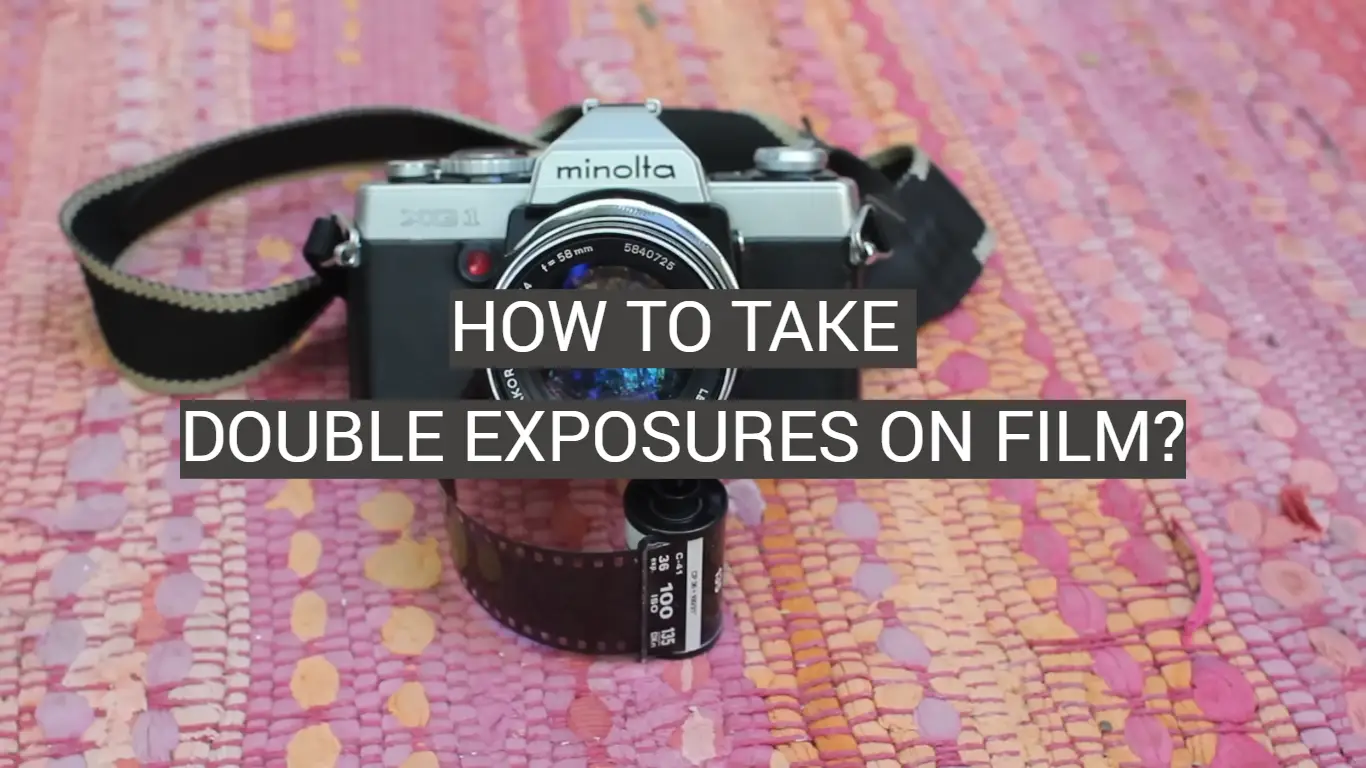


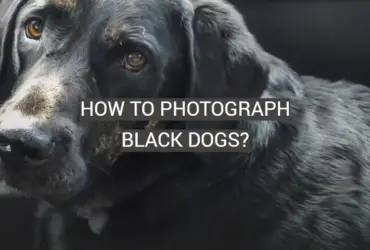

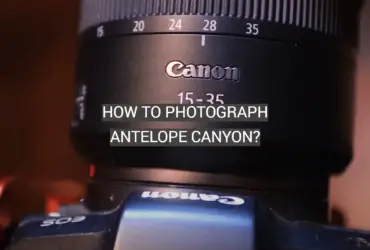
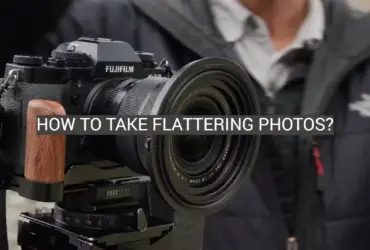
Leave a Reply